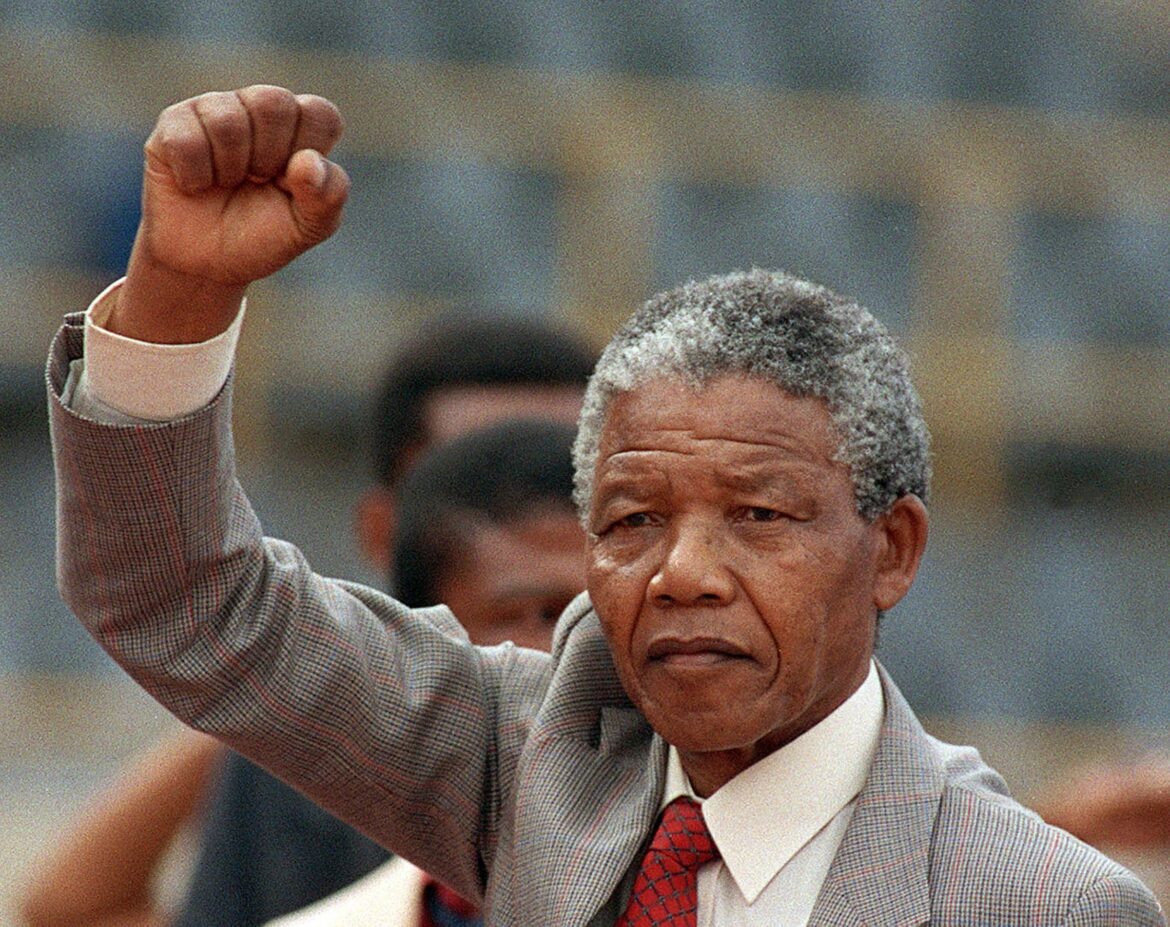449
What is the Mandela effect? It shows how people collectively remember things that never happened. An astonishing insight into our memory and the power of social influences.
What is the Mandela effect? Meaning and origin explained
Shared false memories show that our memory is malleable and that we are sometimes firmly convinced that we know something to be true. False memories often arise in social contexts where groups unconsciously share and reinforce false memories.
- The Mandela effect describes collective false memories in which many people are convinced that an event took place in a certain way, even though it can be proven that it was different.
- While so-called “confabulation” only affects individuals, the Mandela effect affects entire groups.
- The name of the phenomenon comes from US author Fiona Broome, who noticed at a conference in 2010 how many people believed that Nelson Mandela had died in prison in the 1980s.
- Many even remembered detailed scenes from Mandela’s alleged funeral. In fact, he did not die until 2013. Broome then coined the term “Mandela effect” for this type of collective false memory.
- From a scientific point of view, the Mandela effect is an example of how memories are created collectively and influenced by social communication, group pressure, and the media. Through repeated storytelling and the need for social belonging, false memories become “true” within the group.
- Our brain is not a passive storage device. Memories are reconstructed every time we recount or reflect on them. This means that small errors in conversations or the media can grow into supposed truths.
- Social networks and digital media reinforce the Mandela effect phenomenon. Information and memes that spread quickly allow collective false memories to emerge and become entrenched. This is a new social challenge, especially when dealing with fake news.
Examples of the Mandela effect
Many famous cases of the Mandela effect come from everyday life, the media, or well-known brands. We have compiled some prominent examples for you below, in which our memory adds details to memories, simplifies them, or changes them through frequent repetition and external influences.
- “Luke, I am your father”: The alleged Star Wars quote never appeared in the film. Darth Vader actually says: “No, I am your father.”
- Looney Tunes: The cartoon is called “Looney Tunes” and not “Looney Toons,” even though many of us remember it differently.
- Pikachu: Is the tip of Pikachu’s tail black? Unfortunately, no, it’s yellow.
- KitKat: The chocolate bar logo does not have a hyphen, yet many people mentally “see” a “Kit-Kat.”
- Febreze: The well-known air freshener is called “Febreze,” not “Febreeze.”
- Number of US states: Some people believe there are 51 or 52. However, the correct number is 50.
- The Monopoly man: He does not wear a monocle, although many people visualize him that way.
- VW logo: There is actually a fine line between the “V” and the “W” that is often overlooked.
- US athlete Kristi Yamaguchi is often remembered as a hockey player. In fact, she was an Olympic champion in figure skating.
- “Sex and the City” is often referred to as “Sex in the City,” although the title has always been “Sex and the City.”
- A fairy tale quote: Many people remember “Mirror, mirror on the wall.” However, the original line is “Mirror, mirror on the wall.”
- “We are the champions” by Queen: Many people add “of the world” at the end in their heads, even though the recorded song does not end that way.

